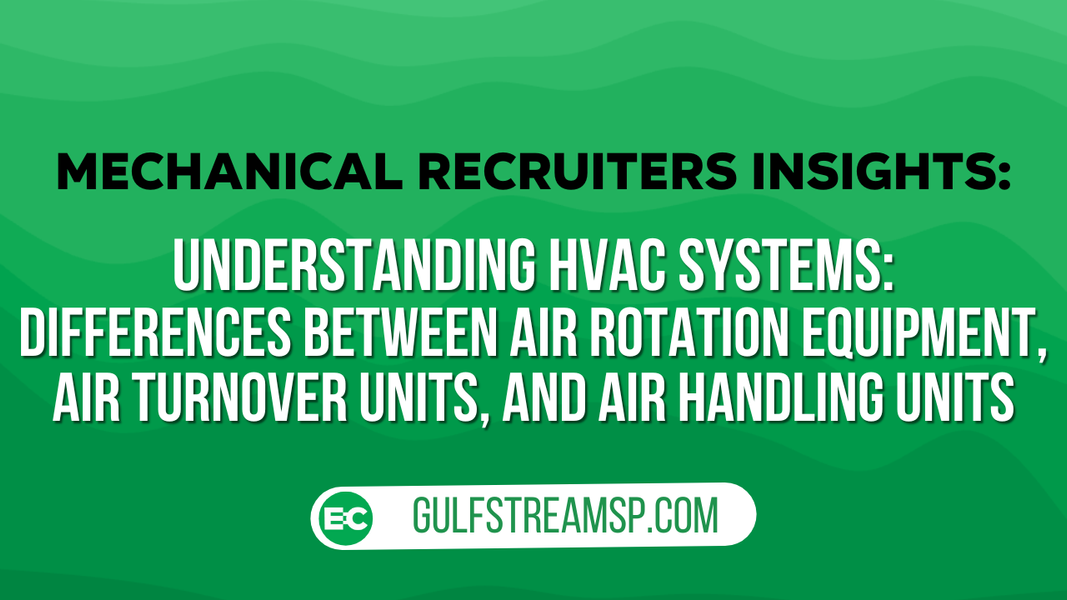Understanding HVAC Systems: Differences Between Air Rotation Equipment, Air Turnover Units, and Air Handling Units
Air rotation equipment, air turnover units, and air handling units are all components of HVAC (Heating, Ventilation, and Air Conditioning) systems. Still, they serve different purposes and have distinct features. Understanding the differences between these units is essential for anyone involved in building maintenance, HVAC design, or facility management. Let's explore each of these units' functionalities and applications.

Air Rotation Equipment
Air rotation equipment is designed primarily for large, open spaces such as warehouses or manufacturing facilities. The key features and uses of air rotation equipment include:
Functionality: These units work by taking in the cooler air from the floor level, heating it (or cooling it, depending on the system), and circulating it back through the space. This creates a consistent temperature throughout the area.
Energy Efficiency: By recycling the air within the space and minimizing the need for outside air, air rotation equipment can be more energy-efficient, especially in large, open areas.
Applications: Ideal for spaces with high ceilings and large open areas where traditional HVAC systems might need to be more effective and efficient.
Air Turnover Units
Air turnover units are somewhat similar to air rotation equipment but have distinct characteristics:
Functionality: These units are designed to 'turn over' the air in a space by drawing in large volumes of air, conditioning it (heating or cooling), and then releasing it back into space at a high velocity. This process helps in maintaining a uniform temperature.
Versatility: They can handle heating and cooling, making them suitable for year-round use in various climates.
Applications: Commonly used in commercial and industrial settings, including retail stores, warehouses, and manufacturing plants.
Air Handling Units (AHU)
Air handling units are a vital component of a traditional HVAC system and differ significantly from the units mentioned above:
Functionality: AHUs are responsible for circulating and regulating air as part of an HVAC system. They typically involve a blower, heating, and cooling elements, filters, and dampers.
Customization and Control: AHUs can include various components based on specific needs, such as humidifiers, dehumidifiers, or UV light purifiers. They offer greater control over air quality and conditions.
Applications: Widely used in commercial and residential buildings, they are versatile and can be tailored to suit small spaces or entire buildings.
Comparison and Considerations
When comparing these systems, consider the following:
Space Requirements: Air rotation and turnover units are more suited for large, open spaces, while AHUs can work in various environments.
Energy Efficiency: Air rotation equipment can be more energy-efficient in specific settings but may offer a different level of air quality control than AHUs.
Cost: The initial investment and operational costs can vary, with AHUs generally being more complex and potentially more expensive but offering more precise control.
Air Quality Control: AHUs offer more air filtration and quality control options, which is crucial in environments with strict air quality requirements.
In conclusion, the choice between air rotation equipment, air turnover units, and air handling units depends on the space's specific needs, including size, use, climate, and air quality requirements. Each system has unique strengths and applications, making it essential to assess the particular needs of your facility before making a decision.



